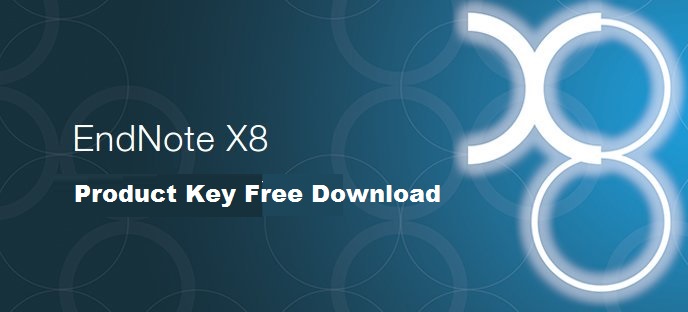Enova X Wall Generate Keys
17.12.2020 admin
Key generation is the process of generating keys in cryptography. A key is used to encrypt and decrypt whatever data is being encrypted/decrypted.
Jul 16, 2013 New Milestones for Enova Gives July 16, 2013. By: Mike Gilhooly, Public Affairs Manager July 16, 2013. From mentoring children at Big Brothers Big Sisters to providing students with academic, professional and financial support as a sponsor of One Million Degrees, Enova is committed to strengthening the communities it serves through its philanthropic and charitable giving program, Enova Gives. Utilizes latest USB3.0/3.1 to SATA technologies, the X-Wall® MX+ solution enables USB 3.0/3.1 to SATA Portable eDrive. Better performance. Encryption hardware, integrated into the X-Wall® MX+ controller, allows the drive to operate at full data rate. Strong security based in hardware. Managing Data Security for Storage of High Value Content. Encryption is always 'on' and the keys for encryption never leave the. Enova X-Wall ® MX received. I'm new to Enigmail and PGP and I'm having a problem generating keys using the Setup Wizard. I'm using Thunderbird 17.0.7 and Enigmail 1.5.1. I'm following the Quick Start Guide. When I get to the key generation step, the dialog box just hangs. It says it 'may take several minutes to generate keys,' but it's taking way more than several minutes. Dismiss Grow your team on GitHub. GitHub is home to over 40 million developers working together. Join them to grow your own development teams, manage permissions, and collaborate on projects. How to generate license keys along with generating.licx files? Generate the license key from the unique machine key. M3C 3G8 Canada +1 416-849-8900 x 100.
A device or program used to generate keys is called a key generator or keygen.
Generation in cryptography[edit]
Enova X Wall Generate Keys Download
Modern cryptographic systems include symmetric-key algorithms (such as DES and AES) and public-key algorithms (such as RSA). Symmetric-key algorithms use a single shared key; keeping data secret requires keeping this key secret. Public-key algorithms use a public key and a private key. The public key is made available to anyone (often by means of a digital certificate). A sender encrypts data with the receiver's public key; only the holder of the private key can decrypt this data.
Since public-key algorithms tend to be much slower than symmetric-key algorithms, modern systems such as TLS and SSH use a combination of the two: one party receives the other's public key, and encrypts a small piece of data (either a symmetric key or some data used to generate it). The remainder of the conversation uses a (typically faster) symmetric-key algorithm for encryption.
Computer cryptography uses integers for keys. In some cases keys are randomly generated using a random number generator (RNG) or pseudorandom number generator (PRNG). A PRNG is a computeralgorithm that produces data that appears random under analysis. PRNGs that use system entropy to seed data generally produce better results, since this makes the initial conditions of the PRNG much more difficult for an attacker to guess. Another way to generate randomness is to utilize information outside the system. /free-cs-go-key-generator.html. veracrypt (a disk encryption software) utilizes user mouse movements to generate unique seeds, in which users are encouraged to move their mouse sporadically. In other situations, the key is derived deterministically using a passphrase and a key derivation function.

Generate public key git bash. Many modern protocols are designed to have forward secrecy, which requires generating a fresh new shared key for each session.
Classic cryptosystems invariably generate two identical keys at one end of the communication link and somehow transport one of the keys to the other end of the link.However, it simplifies key management to use Diffie–Hellman key exchange instead.
The simplest method to read encrypted data without actually decrypting it is a brute-force attack—simply attempting every number, up to the maximum length of the key. Therefore, it is important to use a sufficiently long key length; longer keys take exponentially longer to attack, rendering a brute-force attack impractical. Currently, key lengths of 128 bits (for symmetric key algorithms) and 2048 bits (for public-key algorithms) are common.
Generation in physical layer[edit]
Wireless channels[edit]
A wireless channel is characterized by its two end users. By transmitting pilot signals, these two users can estimate the channel between them and use the channel information to generate a key which is secret only to them.[1] The common secret key for a group of users can be generated based on the channel of each pair of users.[2]
Optical fiber[edit]
Enova X Wall Generate Keys 2016
A key can also be generated by exploiting the phase fluctuation in a fiber link.[clarification needed]
See also[edit]
- Distributed key generation: For some protocols, no party should be in the sole possession of the secret key. Rather, during distributed key generation, every party obtains a share of the key. A threshold of the participating parties need to cooperate to achieve a cryptographic task, such as decrypting a message.
Enova X Wall Generate Keys For Sale
References[edit]
Enova X Wall Generate Keys Download
- ^Chan Dai Truyen Thai; Jemin Lee; Tony Q. S. Quek (Feb 2016). 'Physical-Layer Secret Key Generation with Colluding Untrusted Relays'. IEEE Transactions on Wireless Communications. 15 (2): 1517–1530. doi:10.1109/TWC.2015.2491935.
- ^Chan Dai Truyen Thai; Jemin Lee; Tony Q. S. Quek (Dec 2015). 'Secret Group Key Generation in Physical Layer for Mesh Topology'. 2015 IEEE Global Communications Conference (GLOBECOM). San Diego. pp. 1–6. doi:10.1109/GLOCOM.2015.7417477.
Enova X Wall Generate Keys 2017
Retrieved from 'https://en.wikipedia.org/w/index.php?title=Key_generation&oldid=949783300'